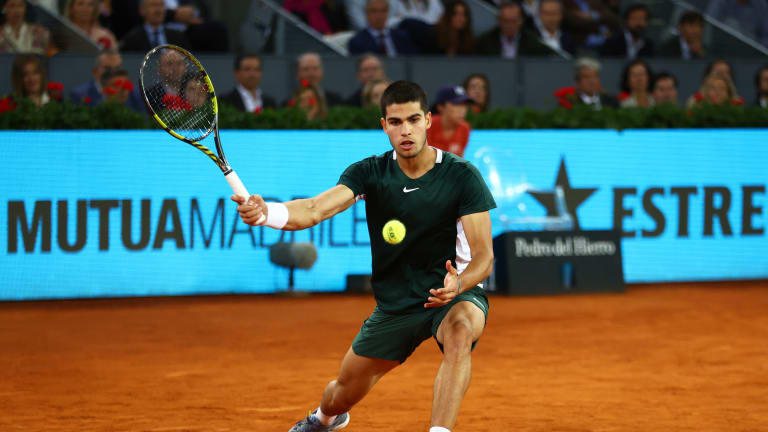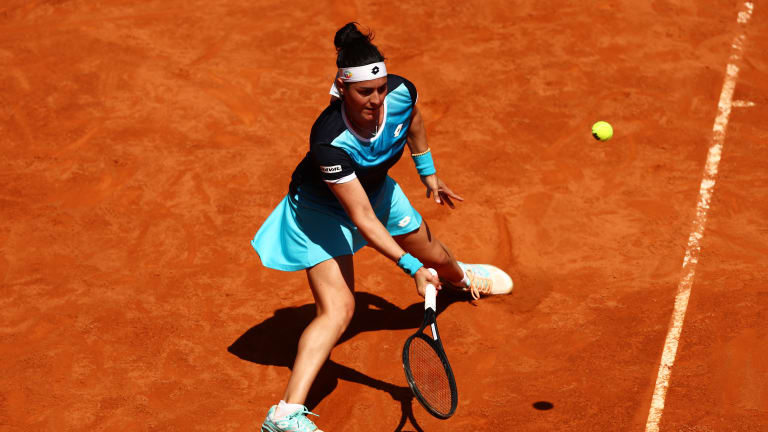Thanks to "the cool kids," the drop shot is flourishing with style and substance in a power-driven generation
By Jun 07, 2022Burning Questions: 2026
Will we see a Career Grand Slam from Carlos Alcaraz, Iga Swiatek, or Jannik Sinner?
By Dec 28, 2025Burning Questions: 2026
Can anyone consistently challenge Carlos Alcaraz and Jannik Sinner next season?
By Dec 27, 2025Coach's Corner
“Right now, I’m hurting”: Juan Carlos Ferrero opens up on Alcaraz breakup
By Dec 26, 2025Facts & Stats
Carlos Alcaraz tops ATP prize money leaders for 2025 with over 21 million dollars
By Dec 24, 2025Social
Carlos Alcaraz keeps his promise with New York City tattoo tribute
By Dec 22, 2025ATP Challenger Tour
Tenerife set to once again be a standout stop on the 2026 ATP Challenger Tour
By Dec 20, 2025Coach's Corner
Coaching carousel continues: Grigor Dimitrov, Daniel Vallverdu split for second time
By Dec 19, 2025Social
Toni Nadal says shock Alcaraz-Ferrero coaching split was “not about tennis”
By Dec 18, 2025Top 5 Stats of the Year
Stat of the Year, No. 2: Carlos Alcaraz’s Double Surface Slam for the ages
By Dec 18, 2025Thanks to "the cool kids," the drop shot is flourishing with style and substance in a power-driven generation
Once derided as a way to bail out of a pressure-cooker rally, the dropper is now seen as a way to disrupt and reframe one.
Published Jun 07, 2022
Advertising
Advertising

The drop shot was a notable factor in Alcaraz winning 14 consecutive matches on clay before being stopped by Alexander Zverev in his maiden Roland Garros quarterfinal.
© Getty Images
Advertising
Advertising

Jabeur picked up her biggest career title in Madrid and backed it up with a Rome runner-up finish the following week, using the dropper to great effect.
© Getty Images